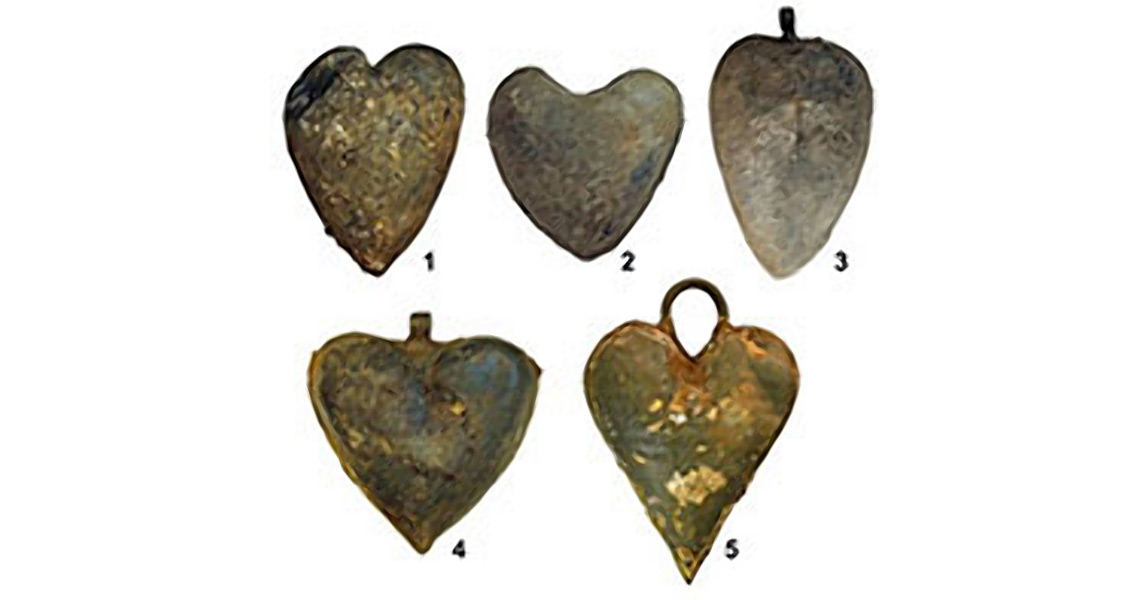<![CDATA[Five human hearts, embalmed and buried in individual heart-shaped urns made of lead, have recently been discovered four hundred years after they were originally buried, presumably with loved ones, in a cemetery located in northwestern France. The hearts were found at the Convent of Jacobins in Rennes, underneath a basement where archaeologists from the National Institute for Preventative Archaeological Research in France have been working for several years. Researchers have been excavating graves at the location in preparation of future plans to construct a conference center at the site. According to scientists, they have been able to look inside the organs using the same modern imaging techniques used in the medical field. The images have revealed the heart’s chambers, arteries and valves. Several of the hearts still bear the signs of disease. In their efforts to obtain more information about the health of the hearts, a radiologist who led the study, Dr. Fatima-Zohra Mokrane with Rangueil Hospital at the University Hospital of Toulouse in France, reports that a team of experts cleaned the hearts to remove the embalming material in order to scan the organs with computed tomography (CT) and magnetic resonance imaging (MRI). To date, archaeologists have uncovered hundreds of graves at the convent which date back to between the late sixteenth and early seventeenth centuries. Discovered in one of these graves was the extraordinarily well-preserved corpse of Louise de Quengo, Lady of Brefeillac, a widow who had died in 1656. The widow’s body was discovered sealed inside a lead coffin, and when the coffin was recently opened in order to conduct an autopsy, her clothes, including wool leg warmers, a linen shirt, a cape and cork-soled shoes, were amazingly still intact. In addition, inside her coffin, archaeologists discovered her husband’s heart encased in a small lead urn. It was very common and according to some, very romantic throughout this time period to be buried along with the heart of a wife or husband according to Dr. Mokrane. The four other heart-shaped urns were uncovered inside the funerary vaults belonging to elite-class families, at the Convent of the Jacobins. As a result of four of the five hearts being in such good condition, experts were able to detect signs of heart conditions which would be considered common today, such as atherosclerosis and plaque buildup. Only one of the hearts showed no signs of disease, three others showed the type of plaque on the coronary arteries which typically causes a heart blockage. This isn’t the first time researchers have the opportunity to study preserved hearts from an archaeological record. In 1199 when England's King Richard I, also known as "Richard the Lionheart", died, his heart was also embalmed and separated from his body. It was buried by itself at the church of Notre-Dame in Rouen. The journal Nature Scientific Reports published a study in 2013 which discovered the king's heart had been preserved with a mint, myrtle, frankincense, daisy, mercury and creosote substance that was likely motivated by both biblical texts and other preservation necessities. These new findings were recently reported at the Radiological Society of North America’s annual meeting in Chicago. Image courtesy of Rozenn Colleter, Ph.D./INRAP]]>
Embalmed Human Hearts Discovered Under Convent
